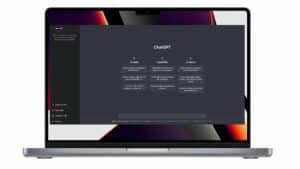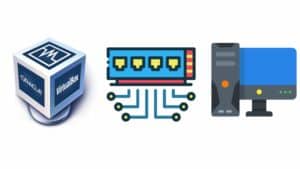As an IT student, choosing the right operating system can have a significant impact on your learning and working experience. With a multitude of options available, it can be difficult to decide which one best suits your needs. In this article, we’ll explore the advantages and disadvantages of the main operating systems for computer science students.
Linux
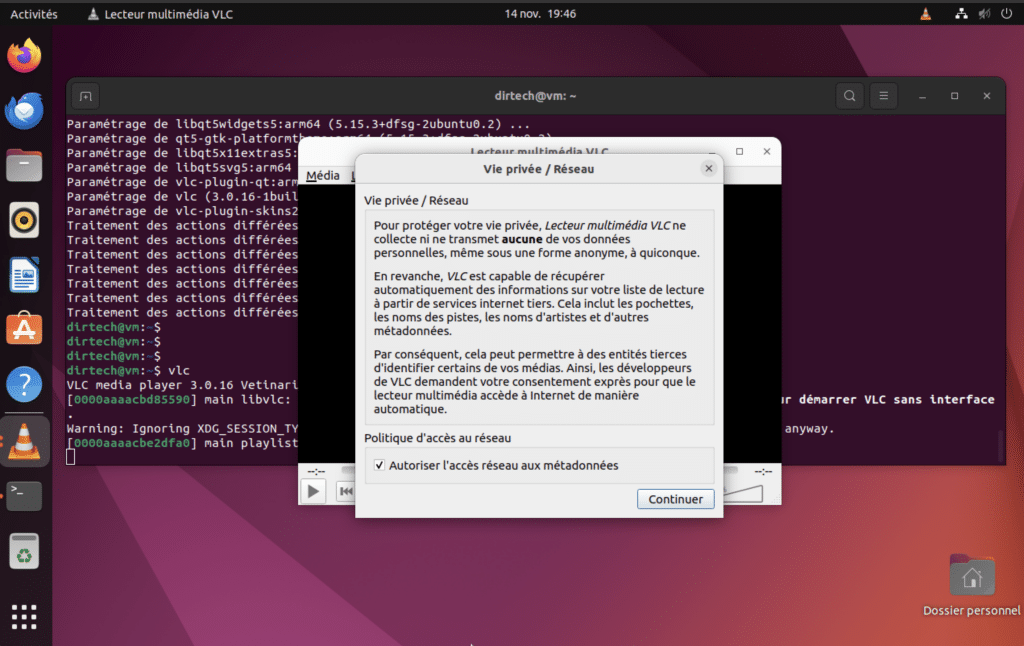
Linux is a popular choice among computer science students for several reasons.
Firstly, it offers great flexibility and customization. This makes it an excellent choice for learning programming and experimenting with different development environments.
What’s more, many tools and programming languages are natively supported on Linux. This makes it easy to install and use for everyday computing tasks.
However, Linux may have a steeper learning curve for beginners. It may therefore take some time to get used to its interface and structure.
macOS :
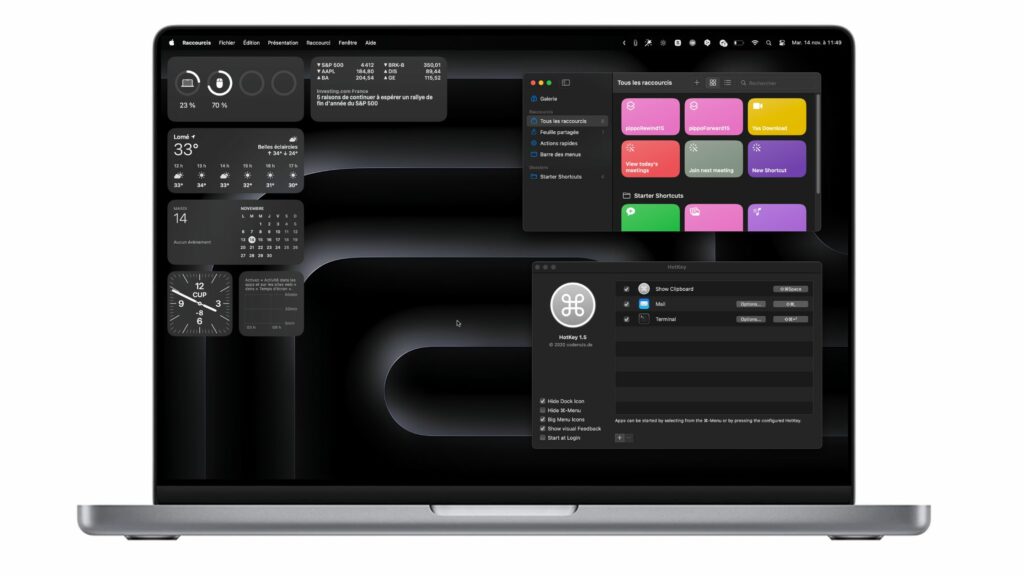
macOS is the operating system used on Apple’s Mac computers.
It is widely appreciated for its user-friendly interface, stability and compatibility with many popular development software packages, such as Xcode.
Computer science students planning to specialize in iOS or macOS application development will find macOS particularly beneficial to their learning path.
See also: Installing Fedora on a Mac M1/M2/M3 with UTM.
However, Mac computers can be more expensive than Windows- or Linux-based alternatives.
Windows :
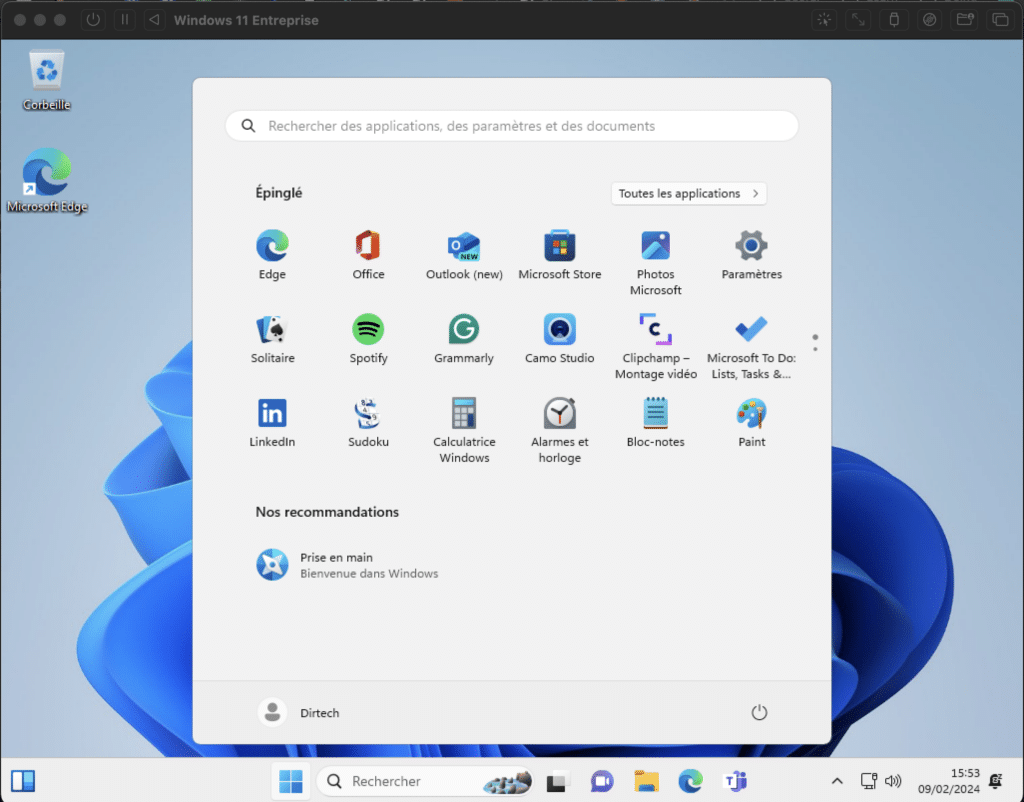
Windows is an operating system widely used throughout the world.
Many computer science students use Windows computers for their studies.
Windows is often preferred for its broad compatibility with software and games. And for its ease of use for beginners.
What’s more, many companies use Windows-based systems. This makes it an attractive option for students looking to familiarize themselves with the tools. Not forgetting the working environments commonly used in industry.
However, some development tools and programming languages may require additional configuration or be less natively supported on Windows.
Conclusion
Your choice of operating system will largely depend on your personal preferences, your learning objectives and your course requirements.
Each operating system has its own advantages and disadvantages, and it’s important to choose the one that best suits your needs.
Whether you choose Linux, macOS or Windows. Make sure you take advantage of available resources and online communities. And learning opportunities to enrich your IT studies.


